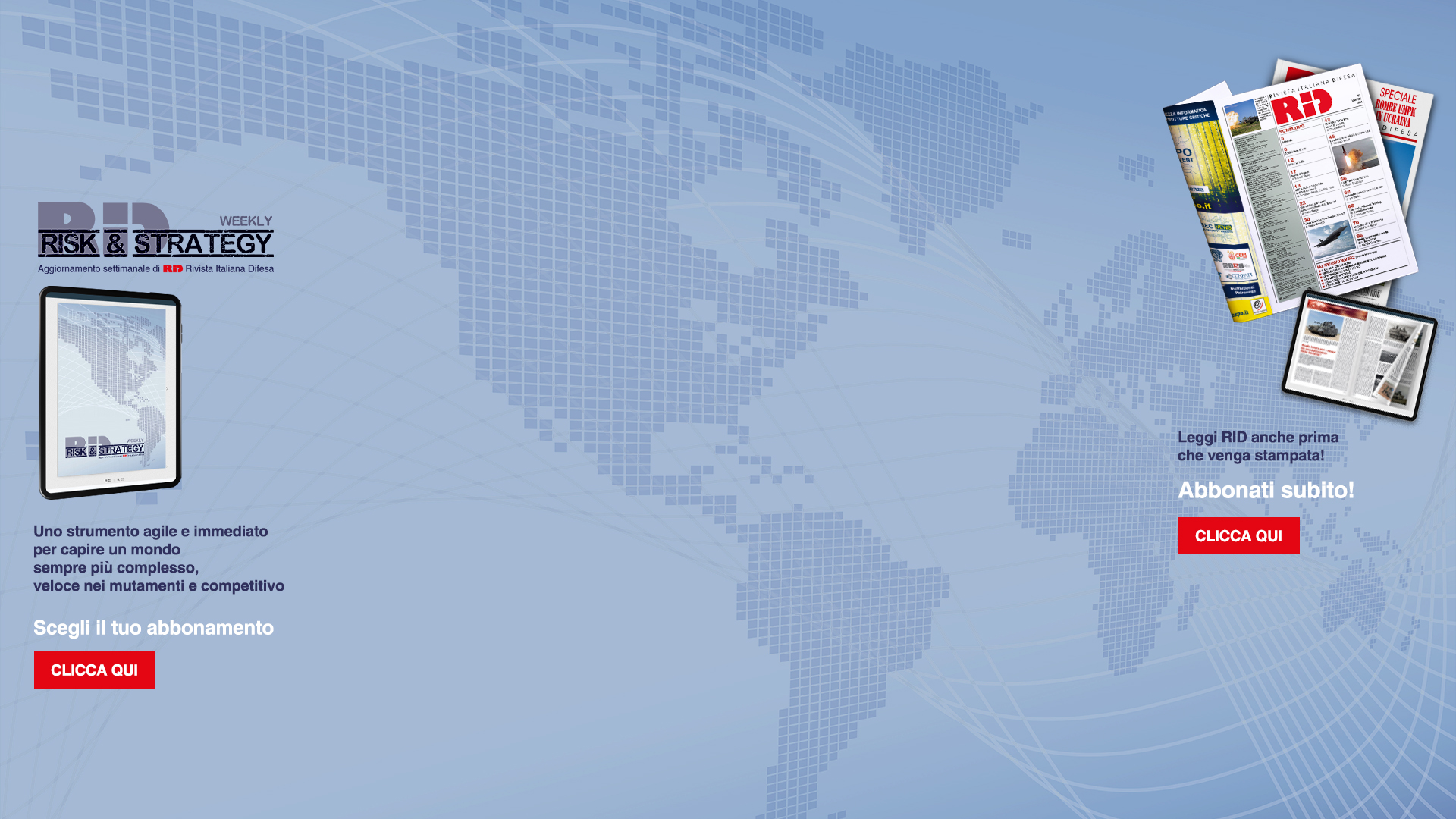
The Iraqi Sunni community is quite heterogeneous – as well as the Shiite – and since the fall of Saddam Hussein there has been a progressive localization of the various groups in the geographical areas where their leaderships are traditionally rooted.This is the result of the stifling role of the Shia’s political administration, but it also reflects the traditional territorial roots of most of the political and confessional groups in the region.The June 2014 crisis highlighted the role of ISIS and its ability to penetrate into the western and central regions of Iraq, although this is actually just one of the many political and social realities of the Sunni’s fabric in the region and in Iraq.The majority of the Sunni forces has found a formula for political and ideological cohesion in the waves of anti-government protests occurred from 2011, sharing the common feeling of hostility toward the central institutions in Baghdad, and in particular towards the oppressive and stifling anti-Sunni politics of Prime Minister al-Maliki.The Army of the Men of the Naghsbandi Order (Jaysh Rijal al-Tariqa an-Naqshbandiya - JRTN) is probably today the most important element of organized opposition within the Sunni community. It is decidedly modest the confessional profile of the group, whereas its cohesive element lies instead in the doctrine of the Baath Party and the Pan-Arab nationalism. Former general Izzat Ibrahim al-Douri – once one of the leading exponents of the armed forces of the regime of Saddam Hussein – is believed to be the commander of the organization, which is mostly located in the provinces of Nineveh, Salahaddin and Divala, where tribalism can assure further rooting.





 scarica il file
scarica il file


.gif)

